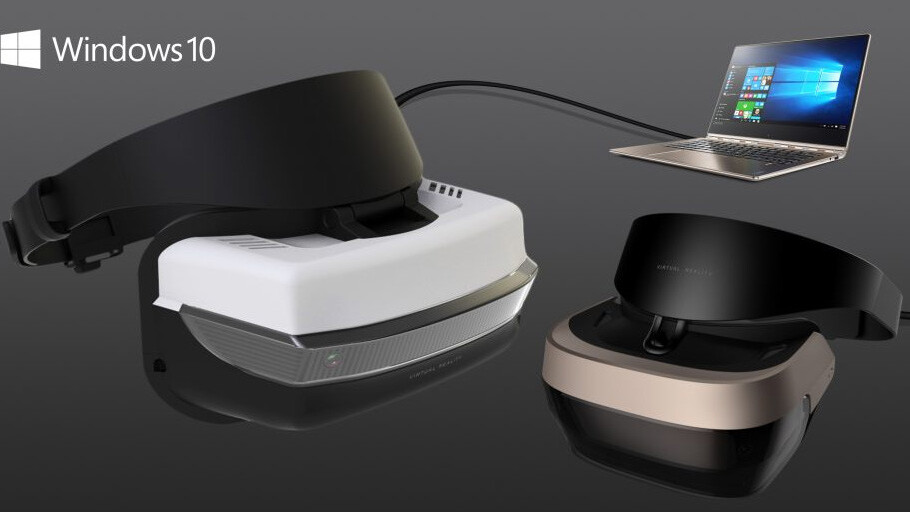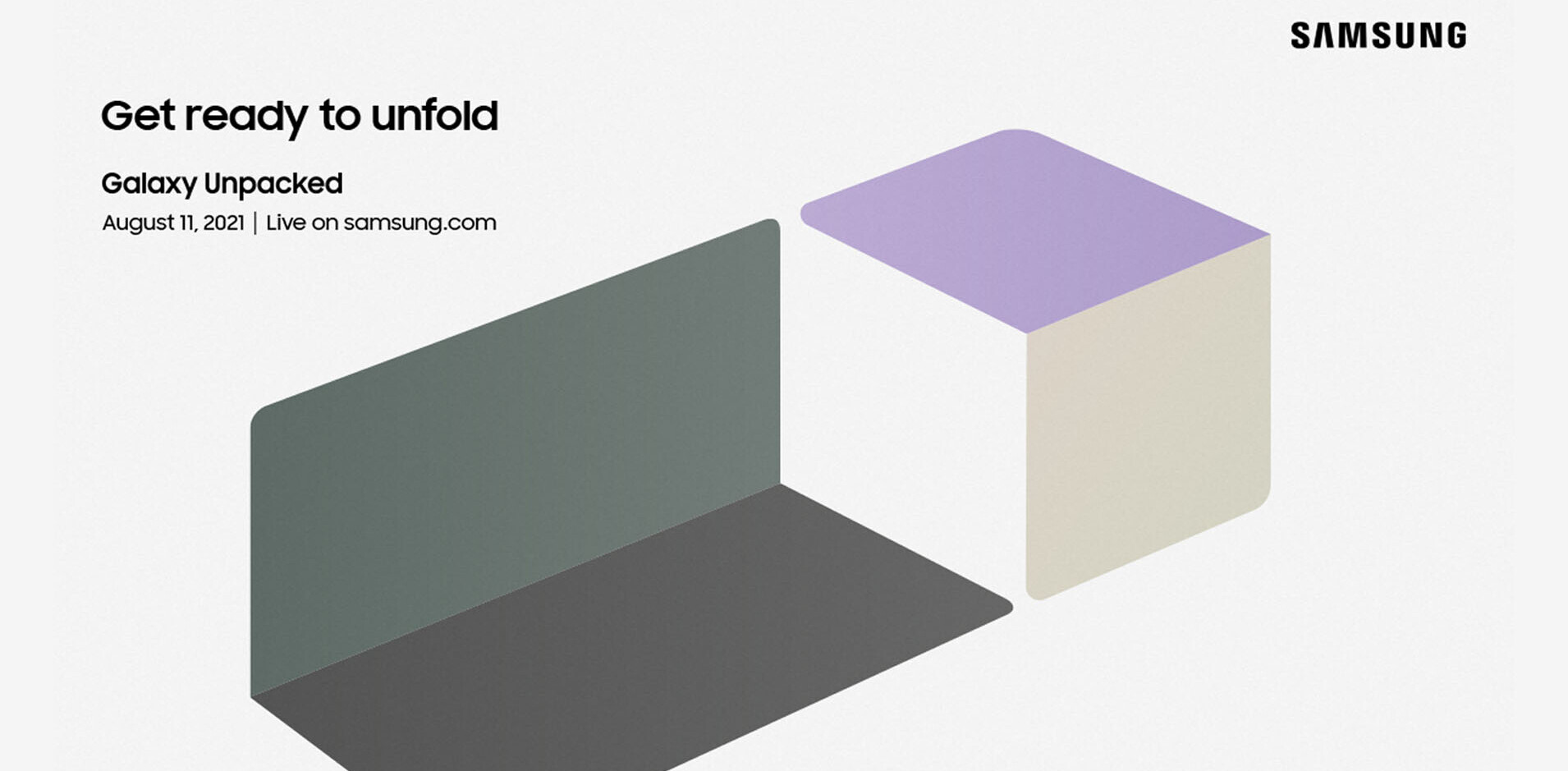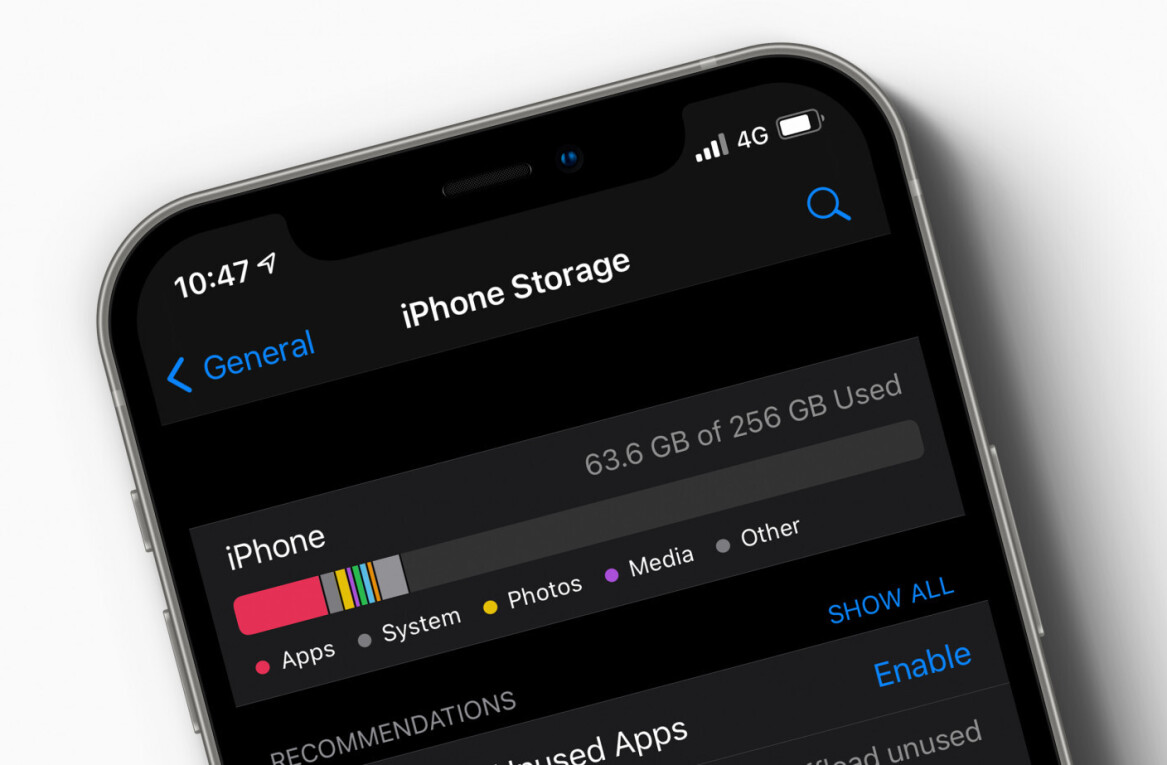At an event to announce its feature-packed Creators Update for Windows 10, Microsoft revealed that it’s working with hardware makers to release PC-tethered VR headsets that’ll start at $299 – a lot cheaper than existing options like the Oculus Rift and HTC Vive.
The trouble with the current generation of headsets is that they not only cost a lot on their own, but also require high-end PCs to VR experiences on them – raising the price of admission to at least $1,500. The Verge reports that Microsoft’s cheaper offerings won’t be all that demanding.
It noted that a “Windows Holographic First Run” app for testing compatibility with Microsoft’s upcoming VR platform is included in the latest test builds of Windows 10, and it revealed the minimum hardware requirements for VR experiences:
- 4GB of RAM
- USB 3.0 port
- A graphics card with DirectX 12 support
- 4 CPU cores, including dual-core processors with hyperthreading
That’s not scary at all, and it should be possible for most folks with modest PCs to give VR a try. Of course, we’ll have to wait and see what sort of apps run on such machines.
Plus, Alex Kipman, who heads the HoloLens project at Microsoft, said that the upcoming range of VR headsets will offer different classes of experiences across numerous price points. He explained, “There is a difference if you want to play Halo or you want to play Solitaire. The entry to play anything was a $1,500 PC; that’s what we lowered.”
Microsoft is also expected to share more information about how the headsets will work next month, when it hosts a couple of Windows Hardware Engineering Community (WinHEC) events – the first will be in Shenzen, China, on December 8-9; the second will be in Taipei, Taiwan from December 14-15.
Get the TNW newsletter
Get the most important tech news in your inbox each week.






